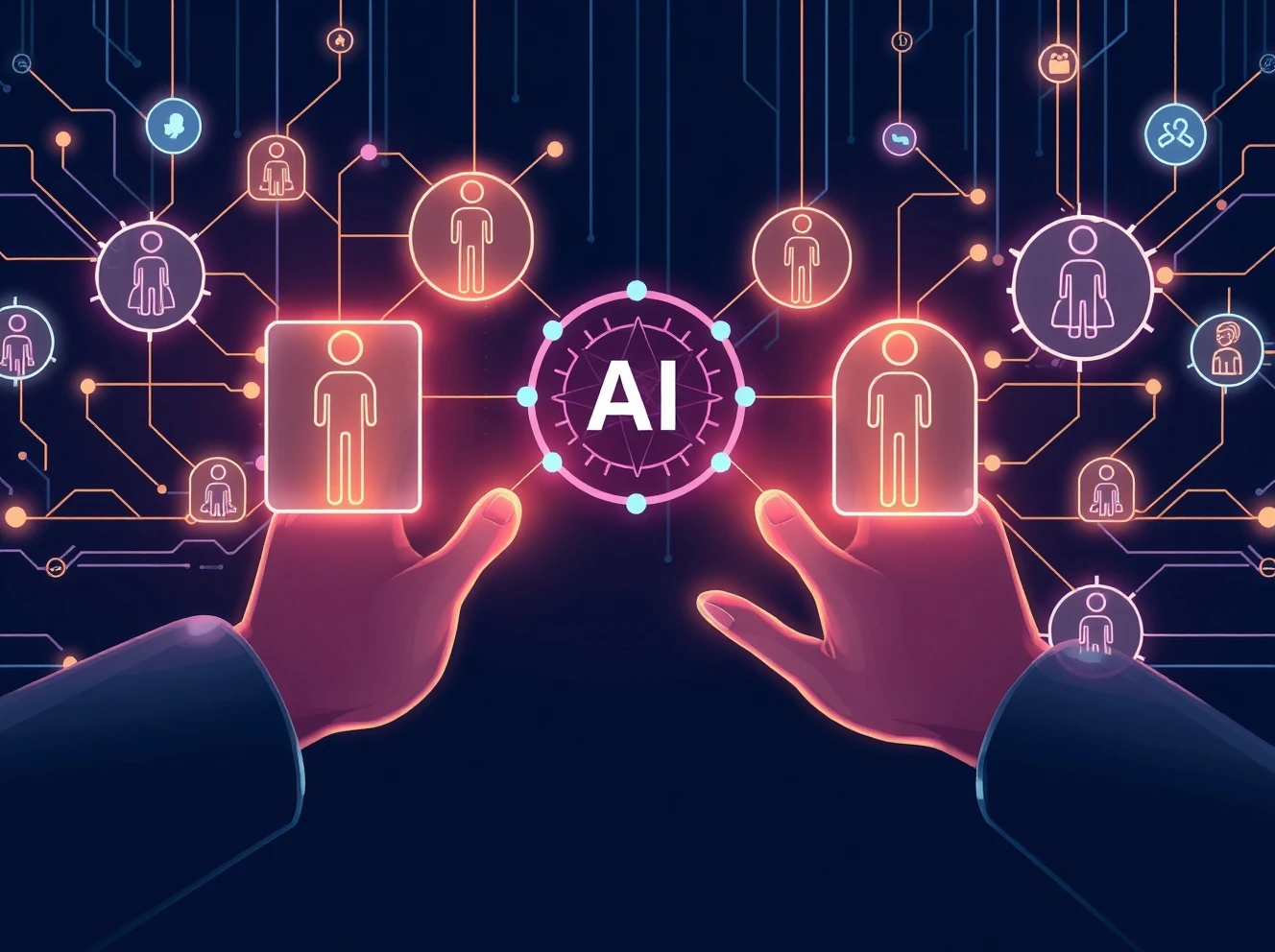Imagine a world where artificial intelligence never makes critical mistakes. This vision becomes reality through Human in the Loop systems. These innovative frameworks combine machine efficiency with human judgment. Consequently, they create more reliable and ethical AI solutions. Businesses worldwide now adopt this approach for superior results.
What Exactly is Human in the Loop?
Human in the Loop represents a collaborative AI framework. It integrates human intelligence directly into machine learning processes. Essentially, humans and algorithms work together continuously. This synergy enhances decision-making accuracy significantly. Moreover, it ensures systems remain adaptable and context-aware.
The Human in the Loop methodology operates through three core mechanisms:
- Active Learning: Systems identify uncertain predictions for human review
- Reinforcement Learning: Human feedback directly improves model performance
- Interactive Machine Learning: Real-time human-AI collaboration occurs
Why Human in the Loop Matters for Modern ML
Traditional machine learning models face significant limitations. They often struggle with edge cases and novel situations. Human in the Loop systems overcome these challenges effectively. Human oversight catches errors that algorithms miss. Furthermore, it provides crucial contextual understanding.
Consider these critical benefits:
- Enhanced Accuracy: Human validation reduces error rates dramatically
- Continuous Learning: Systems improve through ongoing human input
- Ethical Compliance: Human oversight ensures responsible AI deployment
- Adaptability: Systems evolve with changing requirements and data
Implementing Human in the Loop Systems
Successful Human in the Loop implementation requires careful planning. Organizations must design efficient feedback loops. They need to balance automation with human intervention. Additionally, proper training ensures effective human-AI collaboration.
Key implementation steps include:
- Identifying decision points requiring human judgment
- Designing intuitive interfaces for human reviewers
- Establishing quality control mechanisms
- Measuring system performance improvements
Real-World Applications of Human in the Loop
Human in the Loop systems transform numerous industries. Healthcare uses them for medical diagnosis support. Financial services employ them for fraud detection. Manufacturing applies them for quality control. Each application demonstrates the approach’s versatility.
Notable success stories include:
- Medical imaging systems with radiologist validation
- Content moderation platforms with human reviewers
- Autonomous vehicle systems with remote human oversight
- Customer service chatbots with human escalation paths
The Future of Human in the Loop Technology
Human in the Loop systems continue evolving rapidly. Advances in AI will make collaboration more seamless. New interfaces will enhance human-AI interaction. Moreover, ethical considerations will drive further adoption. The approach represents the future of responsible AI development.
Emerging trends include:
- More sophisticated active learning algorithms
- Improved human-in-the-loop workflow automation
- Enhanced explainable AI capabilities
- Standardized ethical frameworks for implementation
Frequently Asked Questions
What makes Human in the Loop different from traditional automation?
Human in the Loop maintains human oversight within automated processes. Traditional automation typically operates without human intervention. This key difference ensures higher accuracy and adaptability.
How does Human in the Loop improve machine learning model performance?
It provides continuous feedback for model refinement. Human experts correct errors and provide contextual insights. Consequently, models become more accurate over time.
What industries benefit most from Human in the Loop systems?
Healthcare, finance, and content moderation see significant benefits. Any field requiring high-stakes decisions benefits from this approach. The combination of speed and accuracy proves invaluable.
Does Human in the Loop slow down AI systems significantly?
Modern implementations optimize the balance between speed and accuracy. Systems only involve humans for critical decisions. Therefore, they maintain efficiency while improving reliability.
How expensive is implementing Human in the Loop technology?
Costs vary based on implementation scale and complexity. However, reduced error rates often justify the investment. Many organizations find the long-term benefits outweigh initial costs.
Can small businesses implement Human in the Loop systems?
Yes, scalable solutions exist for organizations of all sizes. Cloud-based platforms make implementation accessible. Even small teams can benefit from this approach.








